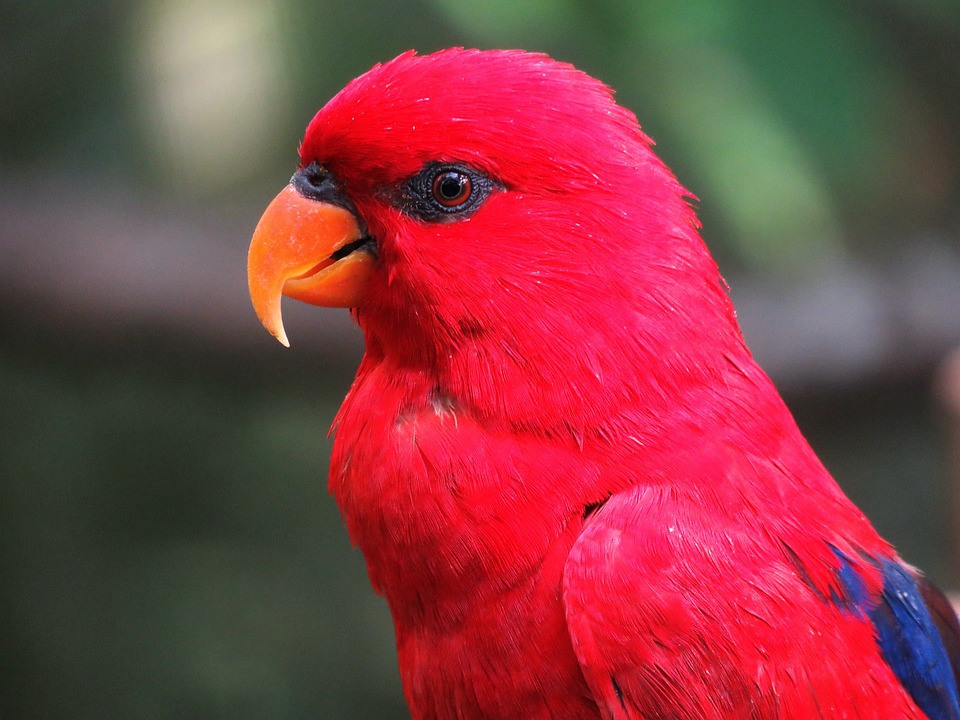Parrot training is an essential aspect of owning a pet parrot. It not only helps in building a strong bond between you and your feathered friend but also stimulates their mental and physical well-being. One of the fundamental behaviors you can teach your parrot is targeting, which involves getting them to touch a stick or your finger with their beak. Target training can be a useful foundation for teaching other tricks and commands. In this article, we will guide you through the steps to successfully train your parrot to target a stick or finger.
Why is Target Training Important?
Target training is a versatile skill that has numerous benefits for both you and your parrot. Here are a few reasons why target training is important:
1. Building Trust and Bonding: By engaging in positive reinforcement training, you establish trust and strengthen your bond with your parrot.
2. Mental Stimulation: Training sessions provide mental stimulation for your parrot, preventing boredom and encouraging cognitive development.
3. Physical Exercise: Target training requires your parrot to move and follow the target, providing them with physical exercise.
4. Redirecting Behavior: Targeting helps redirect unwanted behaviors by offering an alternative focus for your parrot.
Step-by-Step Guide to Target Training
Follow these steps to teach your parrot to target a stick or finger:
Step 1: Gather the Necessary Materials
Before starting the training, ensure you have the following materials ready:
1. A small, lightweight stick or a target stick specifically designed for bird training.
2. Treats that your parrot finds highly motivating. Choose small, easily consumable treats.
Step 2: Introduce the Target Stick
Begin by introducing the target stick to your parrot. Hold the stick about an inch away from your parrot’s beak and observe their reaction. If they show any interest, reward them with a treat. Repeat this process several times to create a positive association with the stick.
Step 3: Establish Touching Behavior
Once your parrot is comfortable with the presence of the target stick, gradually move it closer to their beak. The moment your parrot touches the stick with their beak, reward them with a treat immediately. Repeat this step until your parrot consistently touches the target stick to earn a treat.
Step 4: Add Verbal Cue
After your parrot consistently touches the target stick, introduce a verbal cue such as “Touch” or “Target” right before presenting the stick. With repetition, your parrot will associate the verbal cue with the behavior of touching the stick.
Step 5: Transition to Finger Targeting
Once your parrot has mastered targeting the stick, gradually transition to using your finger as the target. Extend your finger towards your parrot, and when they touch it with their beak, reward them with a treat. Over time, your parrot will learn to target your finger instead of the stick.
FAQs (Frequently Asked Questions)
Q: How long does it take to teach a parrot to target?
A: The duration of target training varies depending on individual parrots. Some may learn within a few sessions, while others may require more time. Consistency, patience, and positive reinforcement are key to successful target training.
Q: Can any parrot be trained to target?
A: Yes, target training is suitable for most parrot species, regardless of their age or previous training experience. However, it is important to consider your parrot’s personality and temperament. Some parrots may require more time and effort to learn compared to others.
Q: Can target training solve behavior problems?
A: While target training can redirect unwanted behaviors and provide mental stimulation, it may not solve all behavior problems. Consult a professional avian behaviorist if you are facing specific issues with your parrot’s behavior.
Target training is an enjoyable and rewarding experience for both you and your parrot. It allows you to communicate effectively and strengthens the bond you share. By following the steps outlined in this article and being patient with your parrot, you will be well on your way to a successful target training journey. Happy training!









